Control Freaks
How much can we control nature for the sake of knowledge?
Uncovering secrets
Nature is untamed. That‘s the beauty of it.
Uncovering secrets
Nature is untamed. That‘s the beauty of it.
Scientists wrack their brains trying to uncover its secrets.

in the Canaries, 1866 (public domain)
Uncovering secrets
Nature is untamed. That‘s the beauty of it.
Scientists wrack their brains trying to uncover its secrets.
When they first began studying organisms,
they uncovered so much just by describing and illustrating their physical features and behaviours as seen in their natural environments.

in the Canaries, 1866 (public domain)
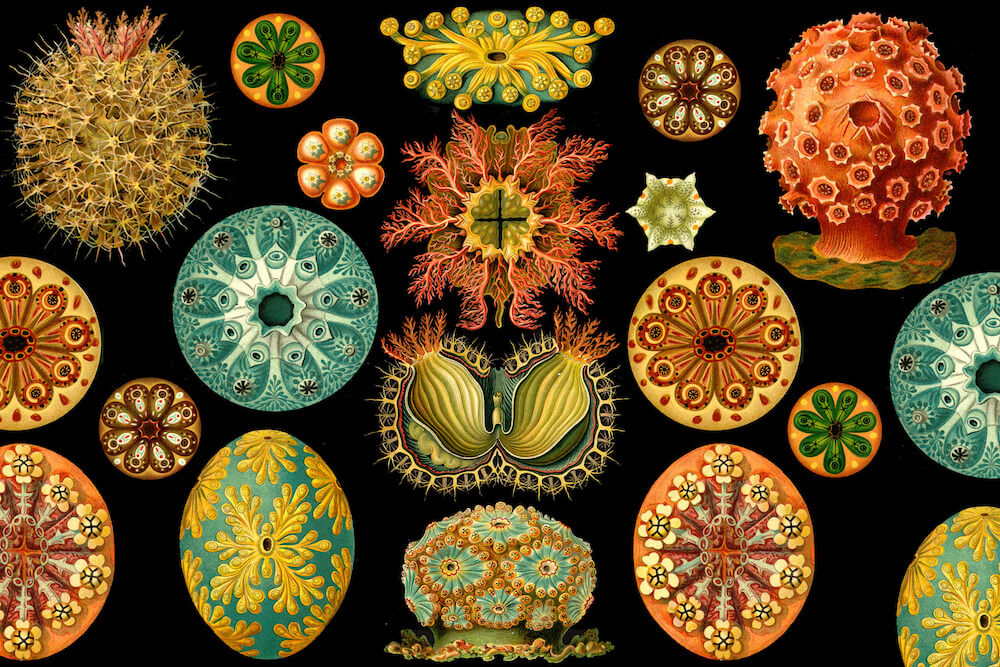
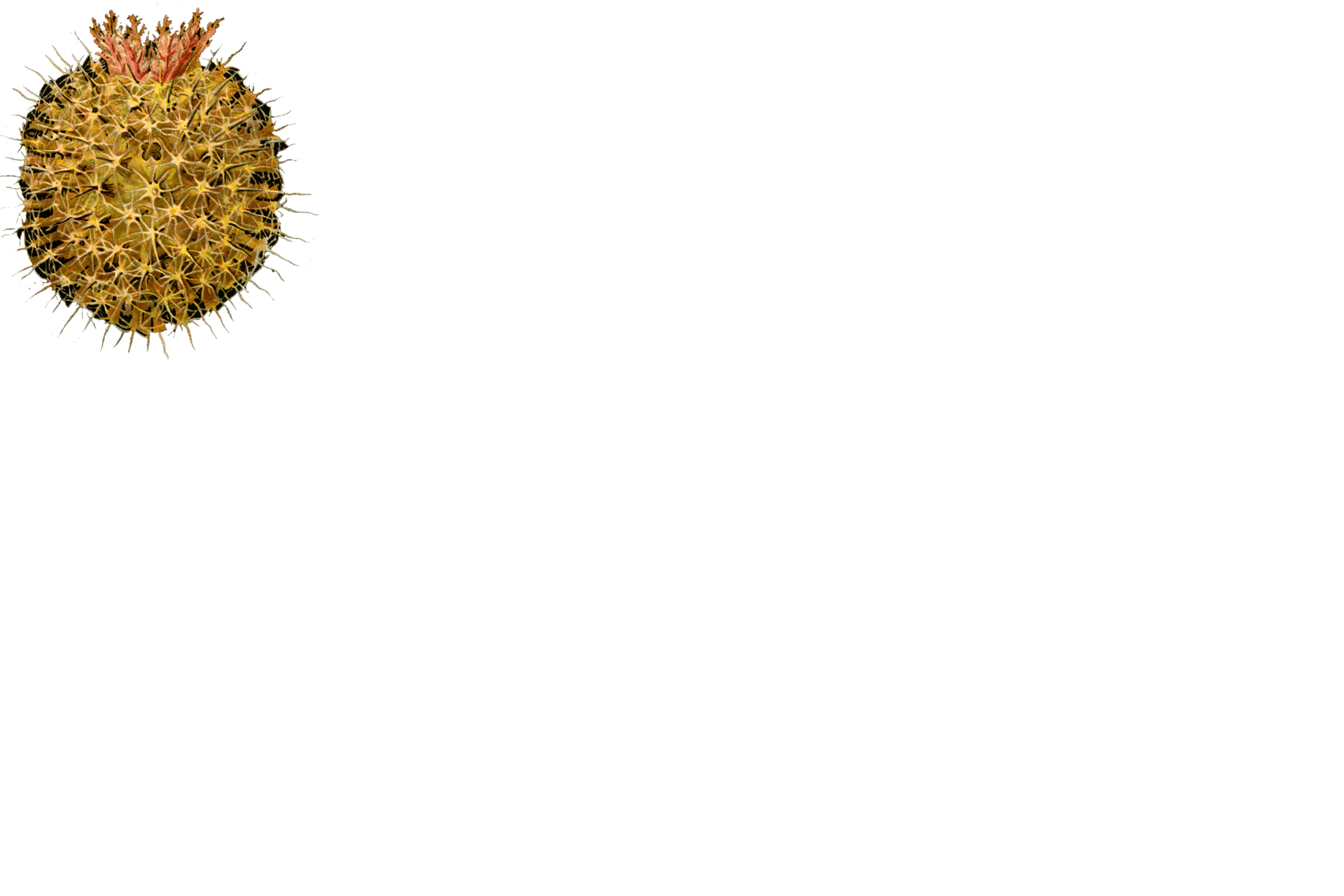
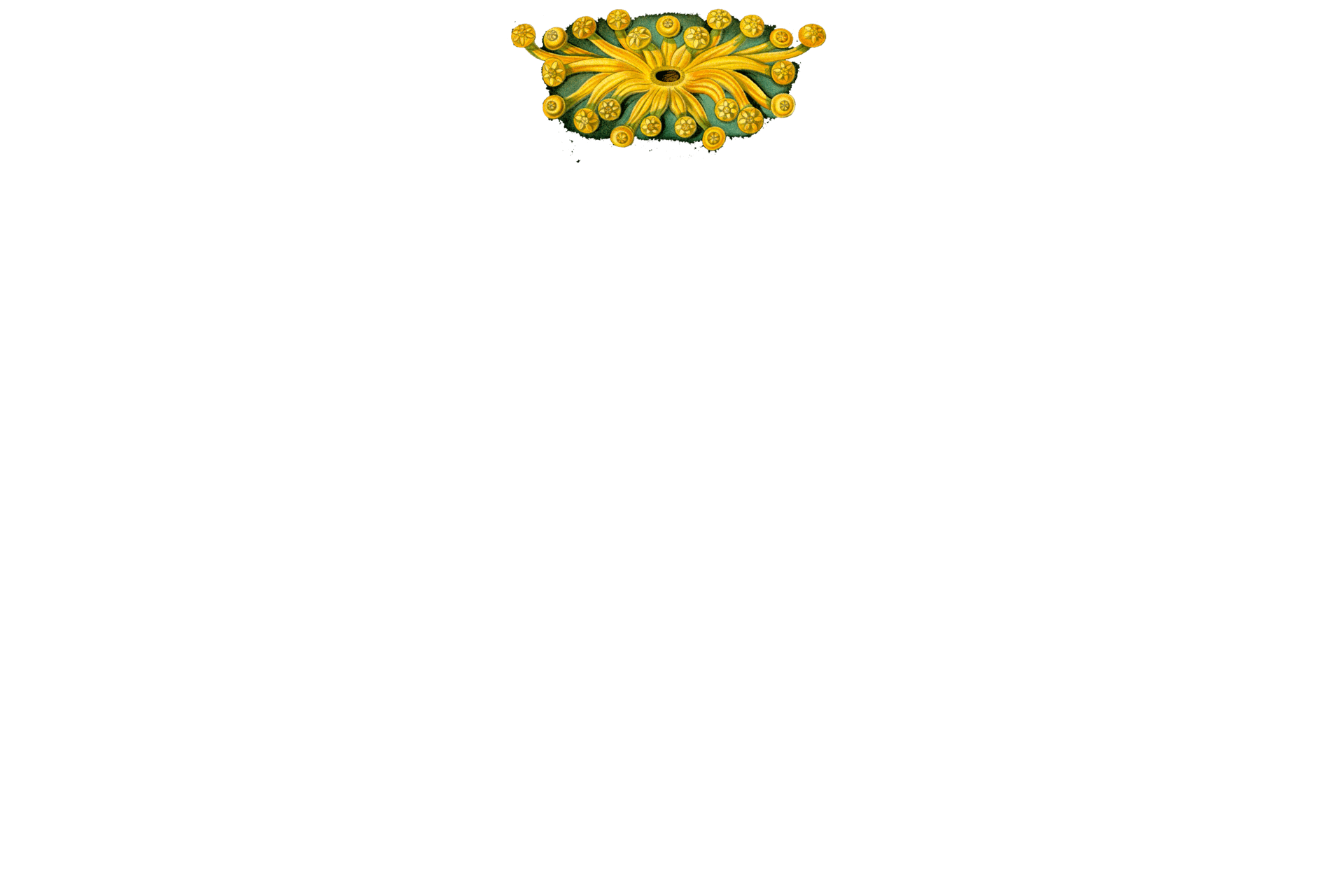
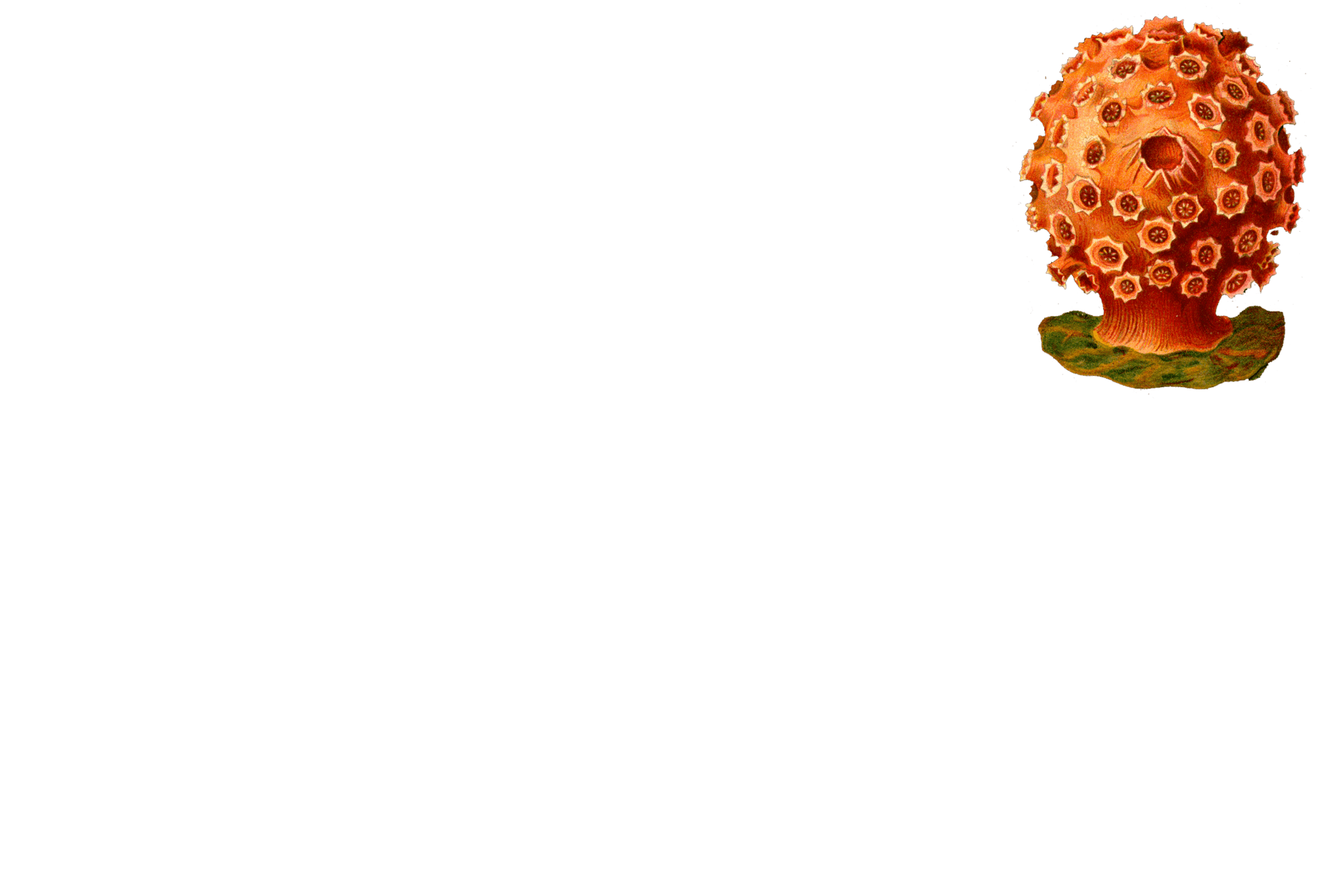
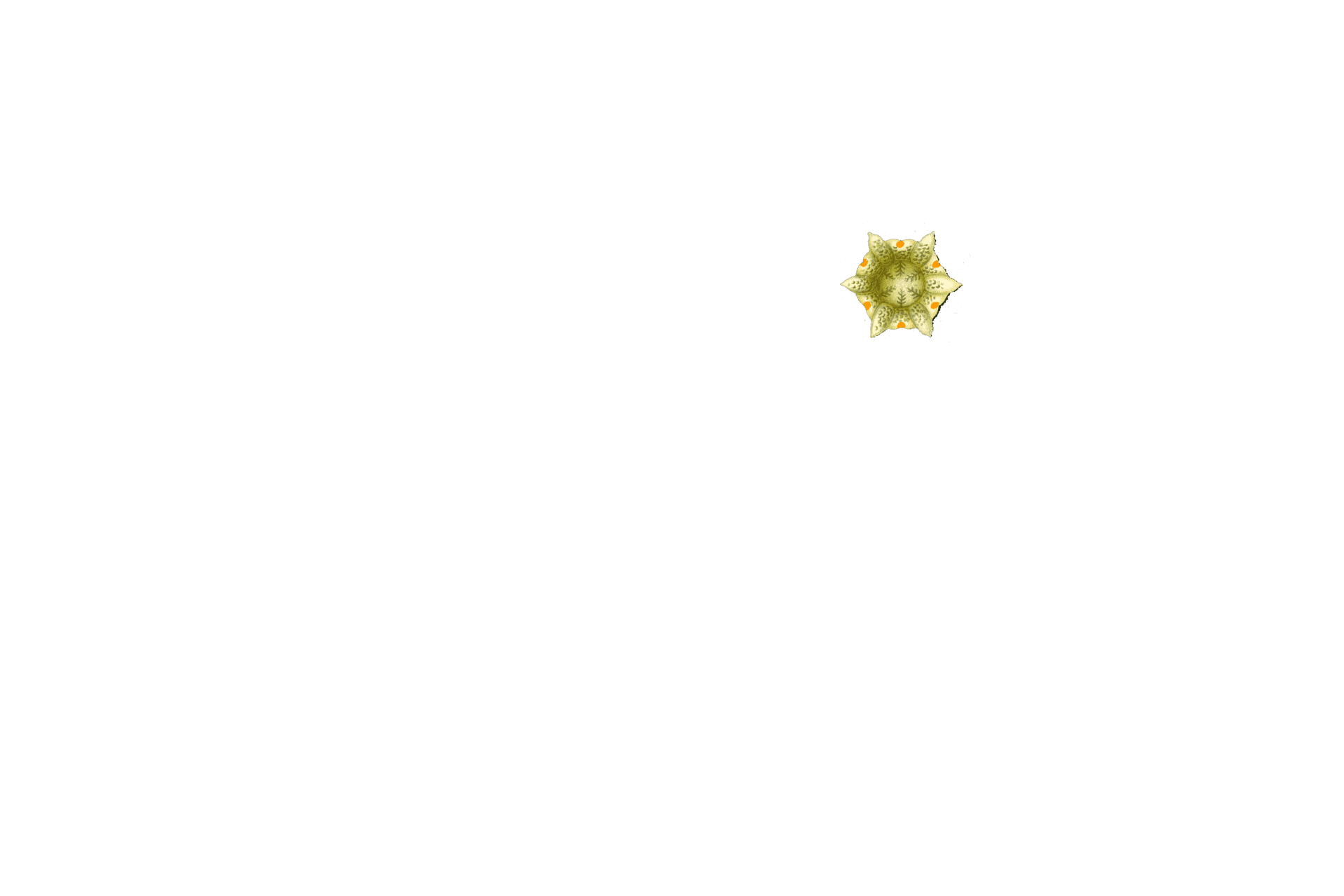
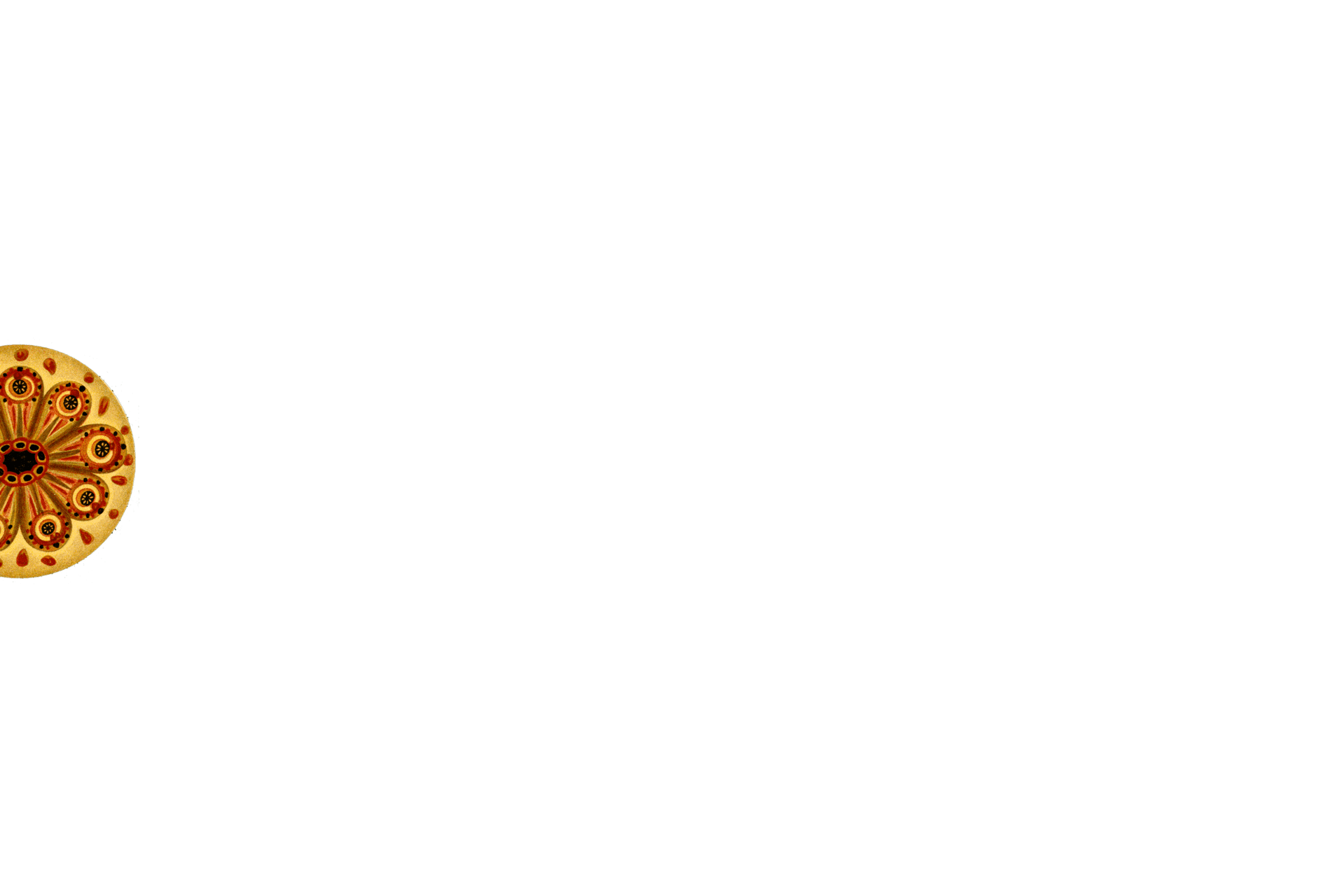
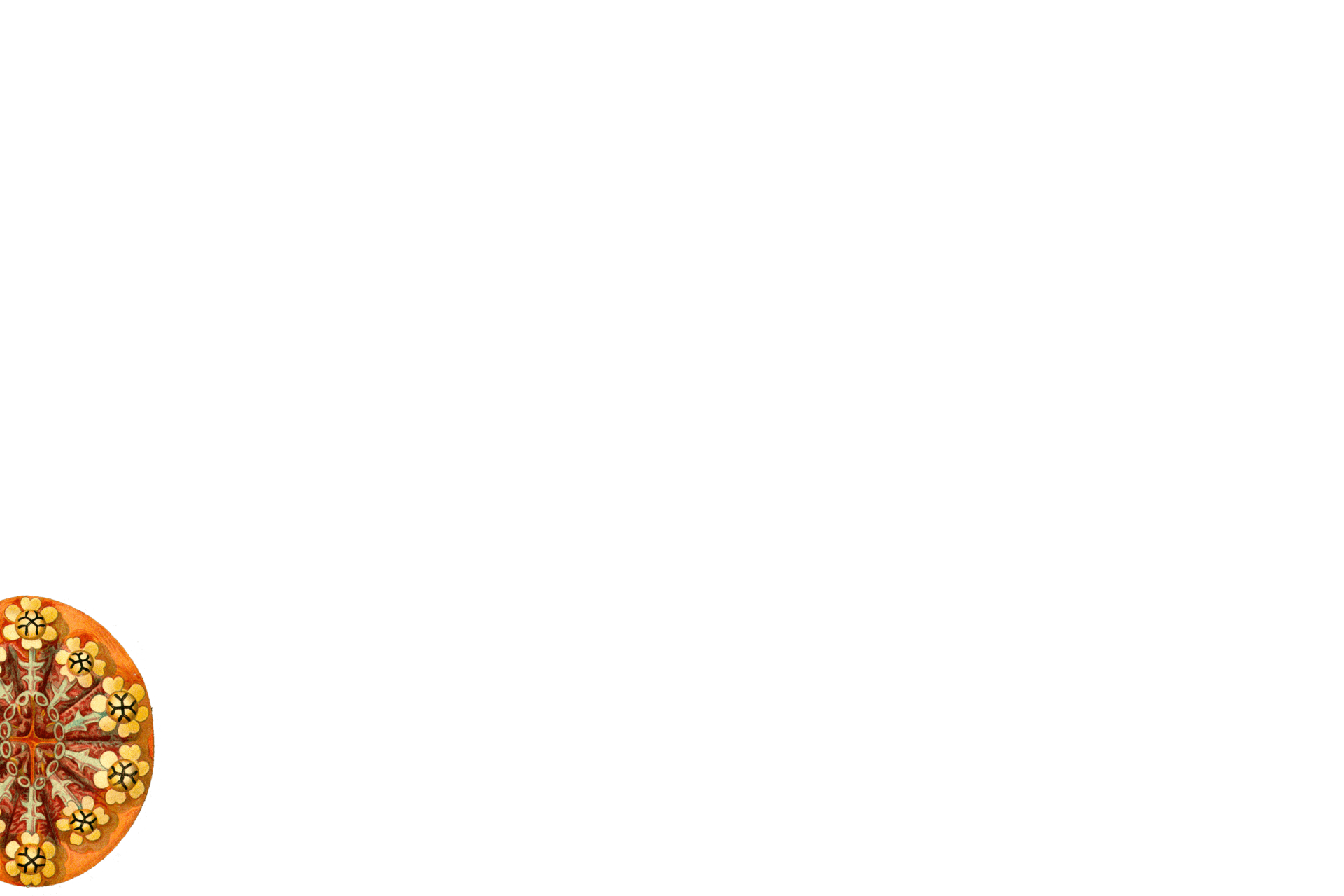
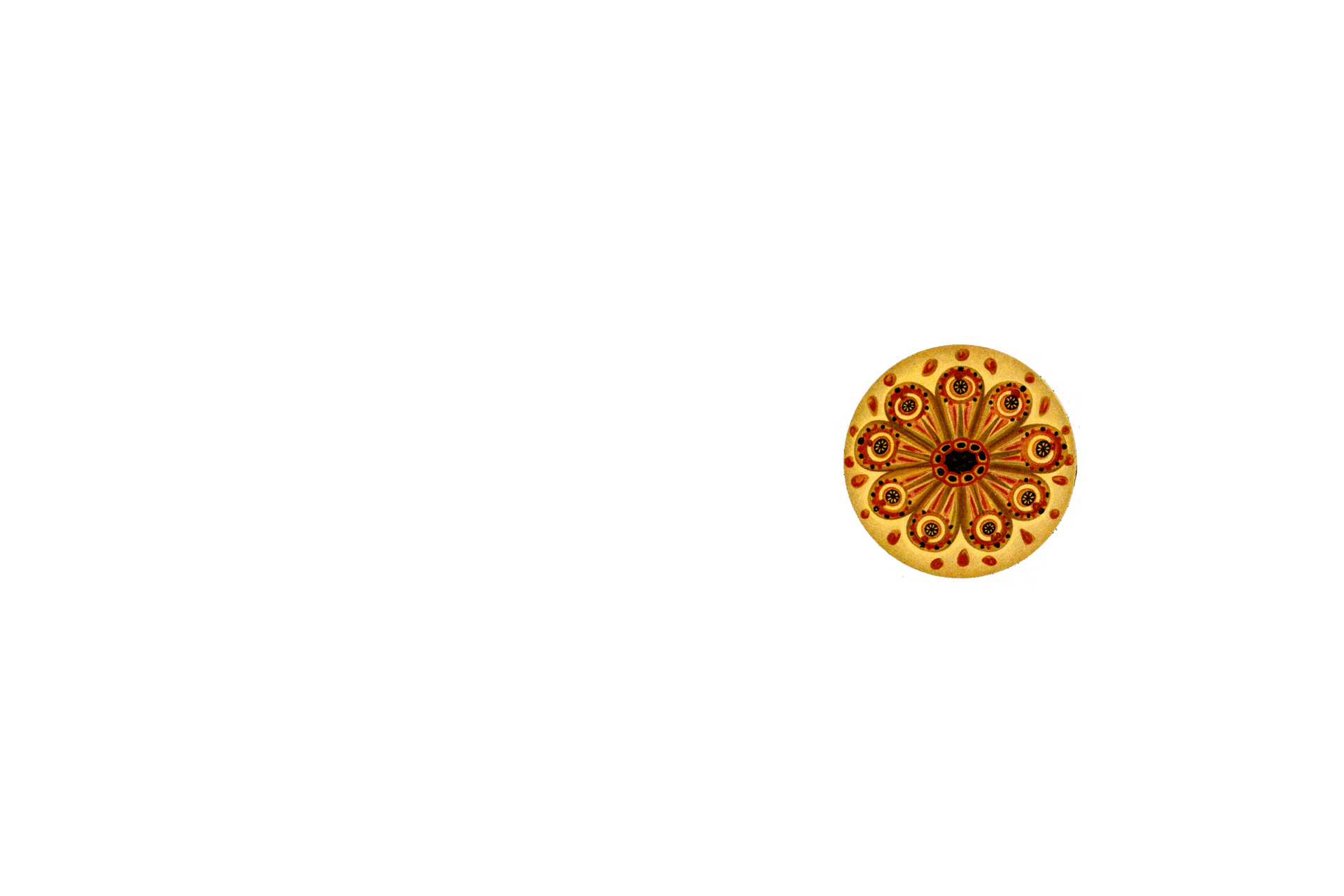
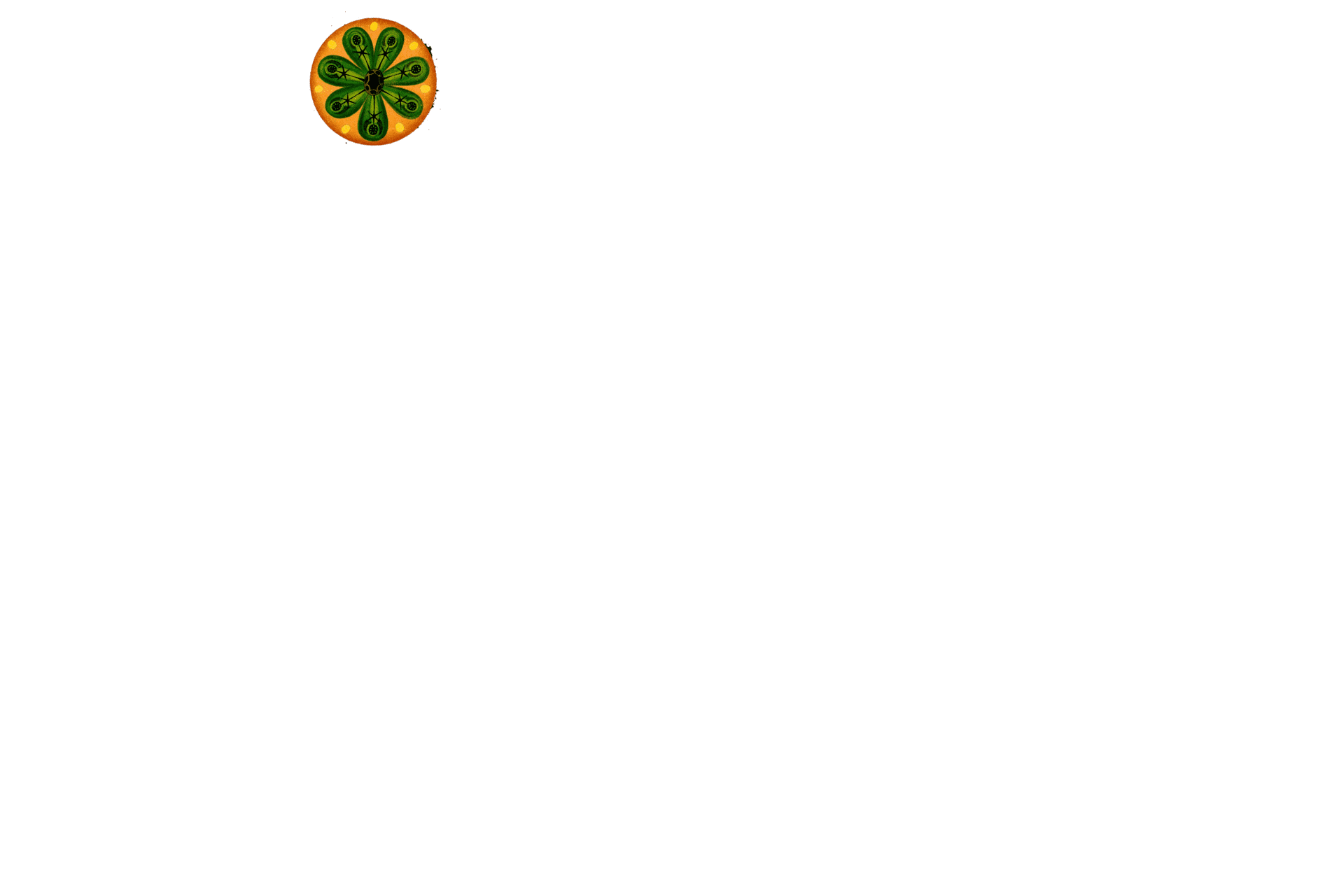
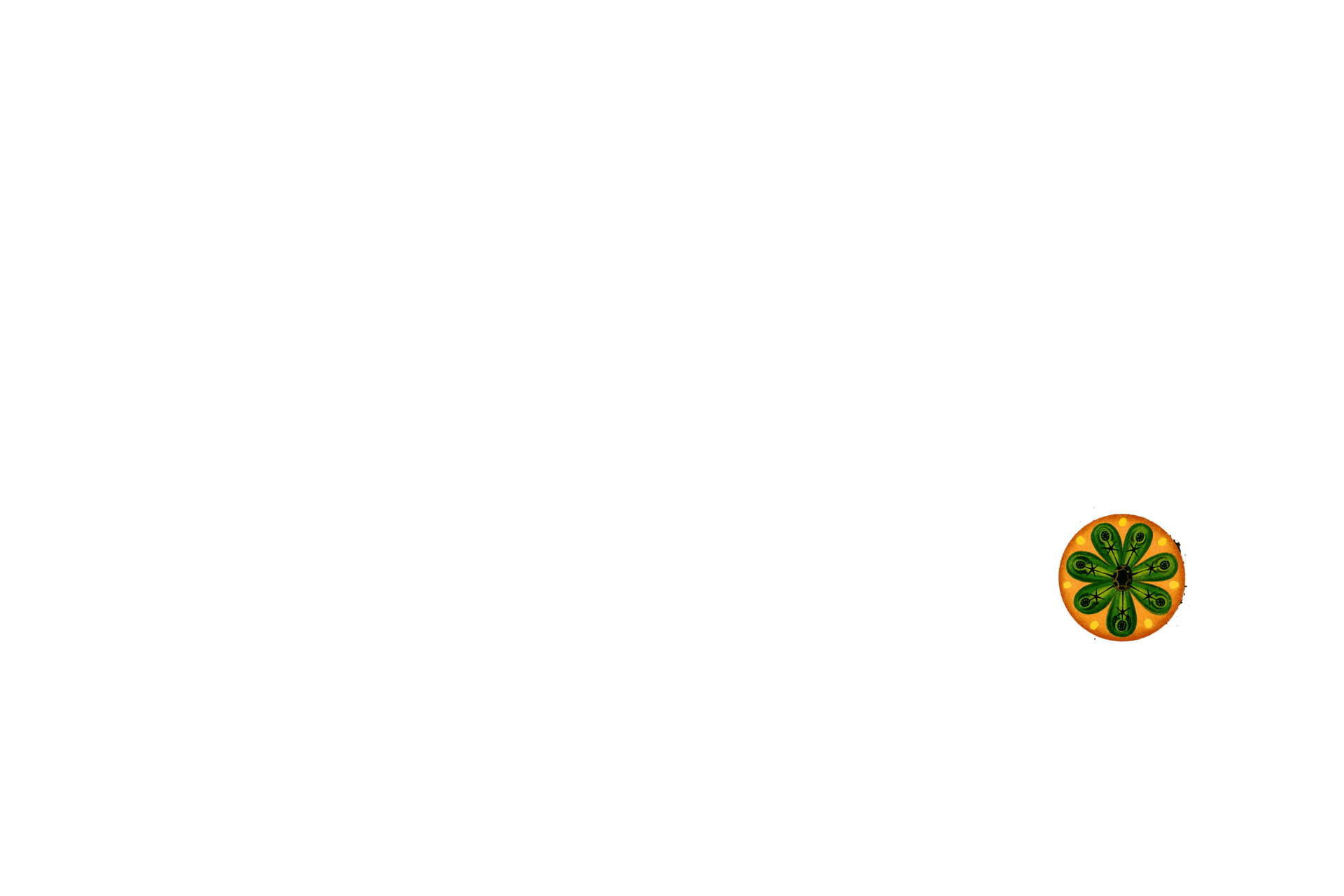
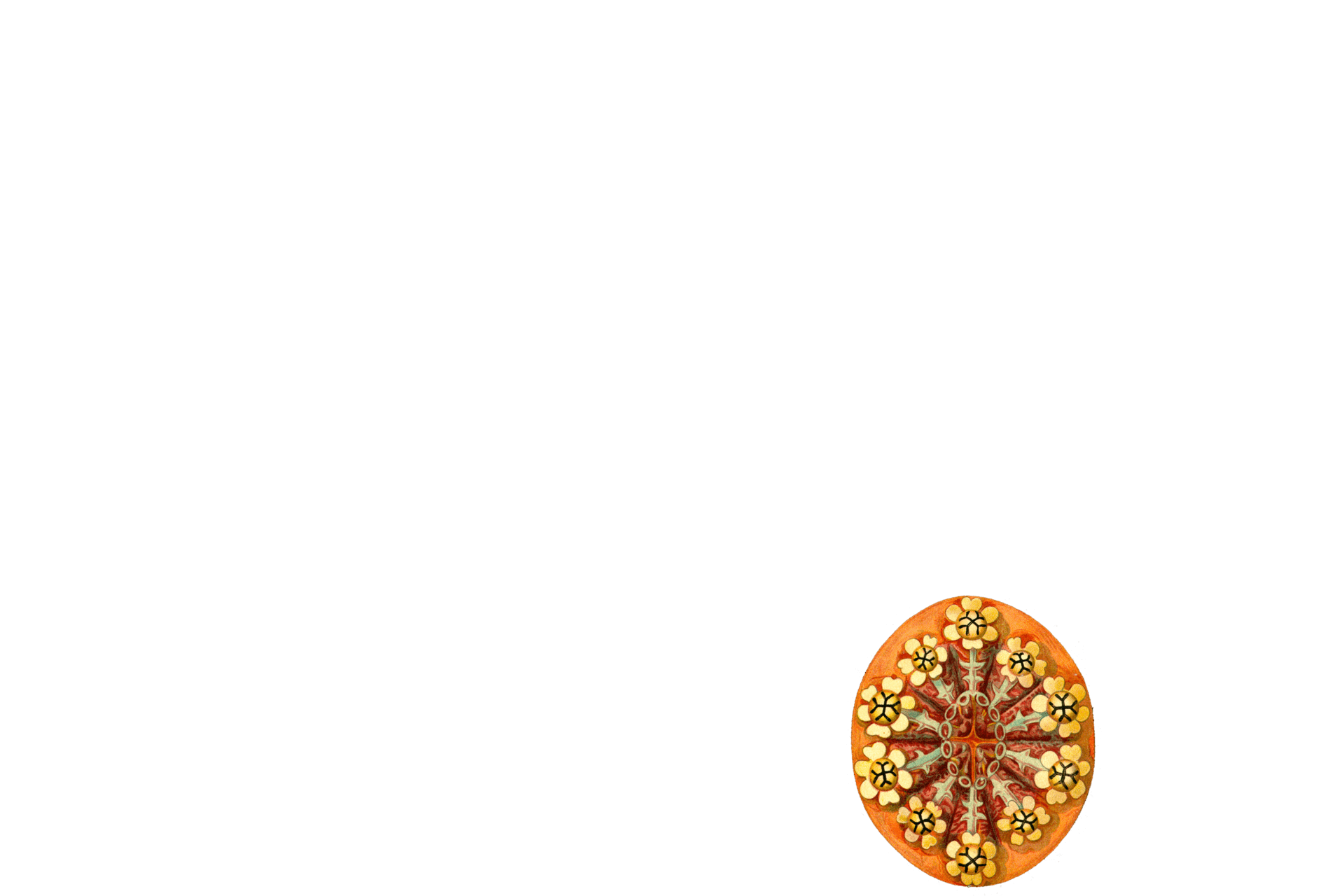
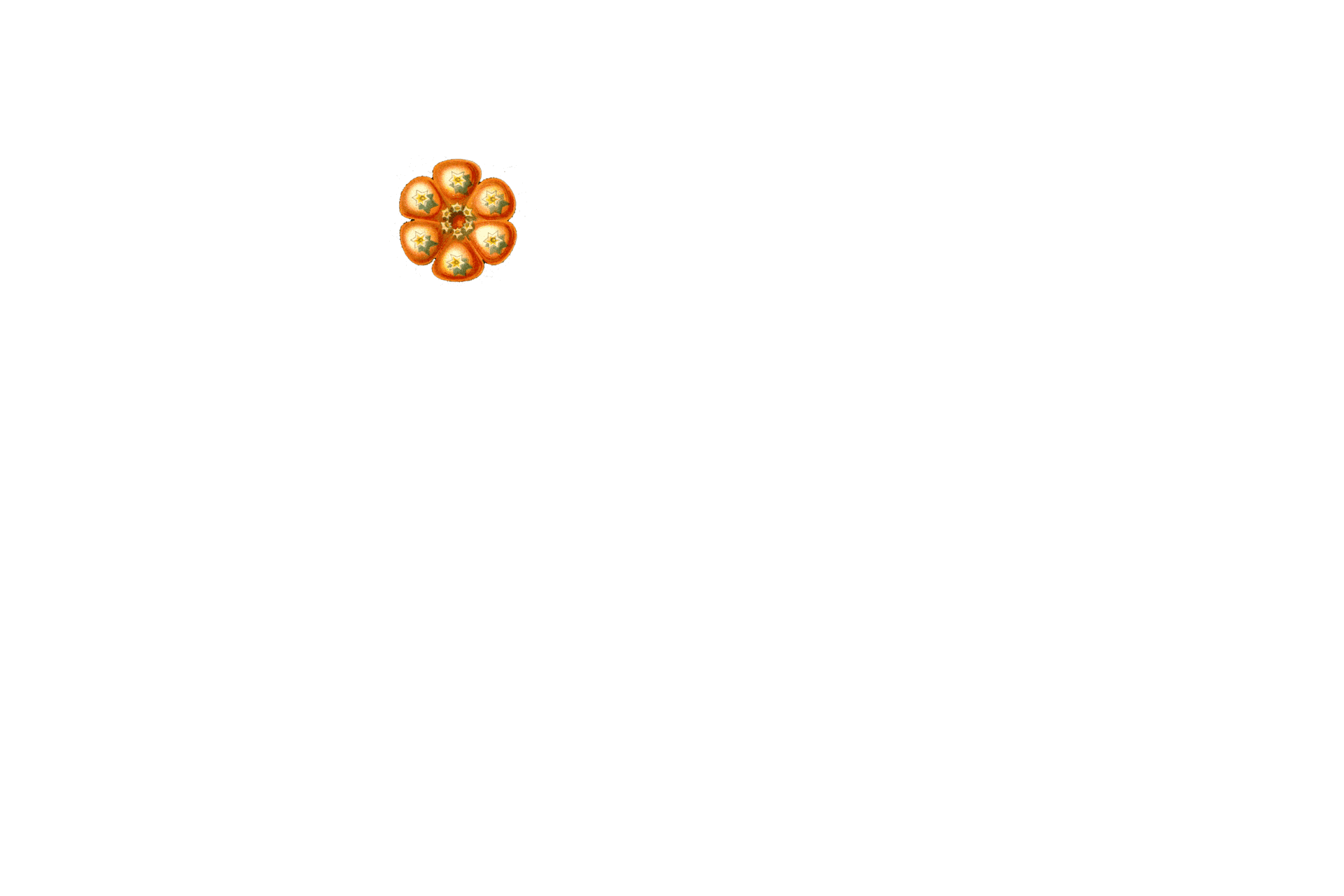

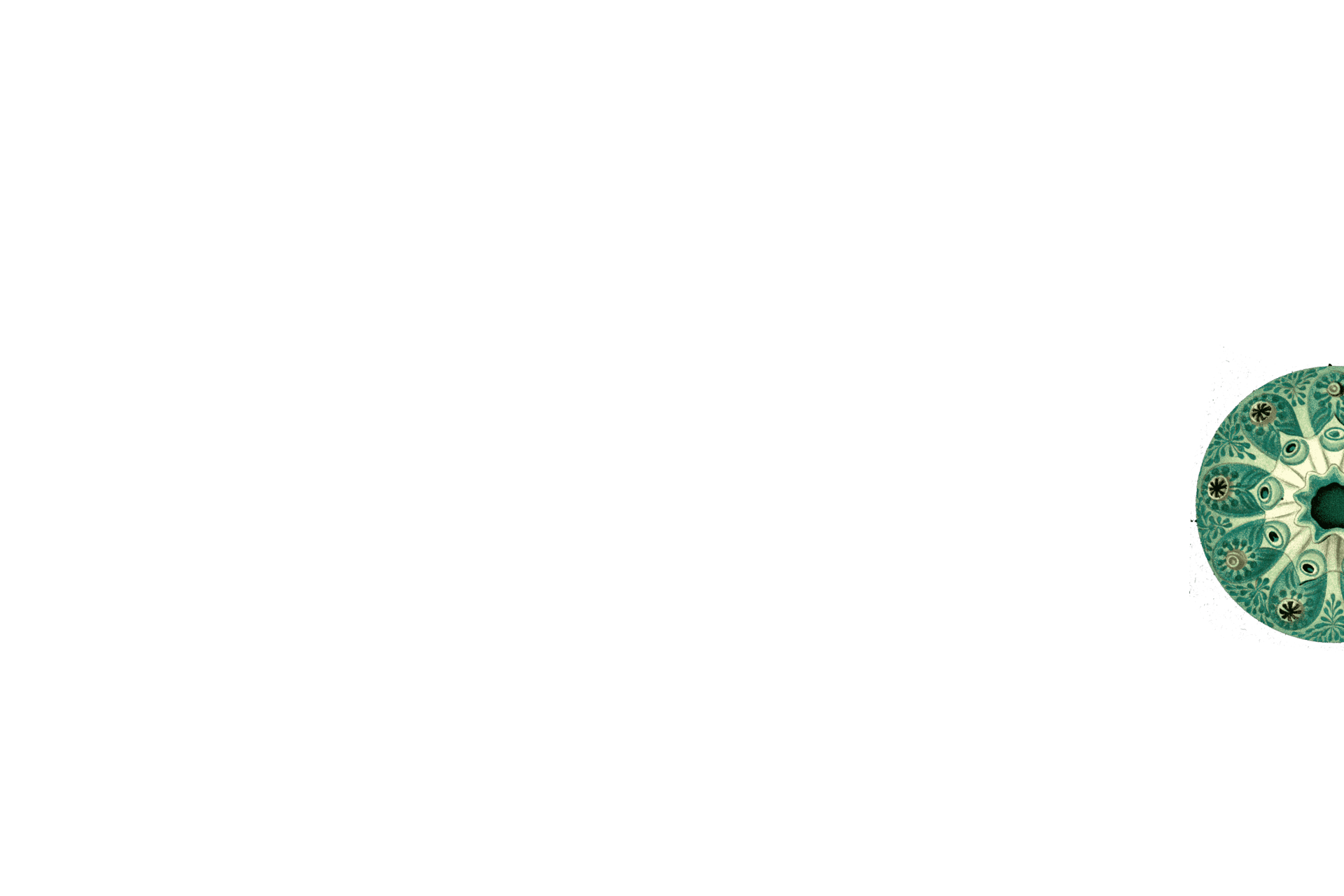
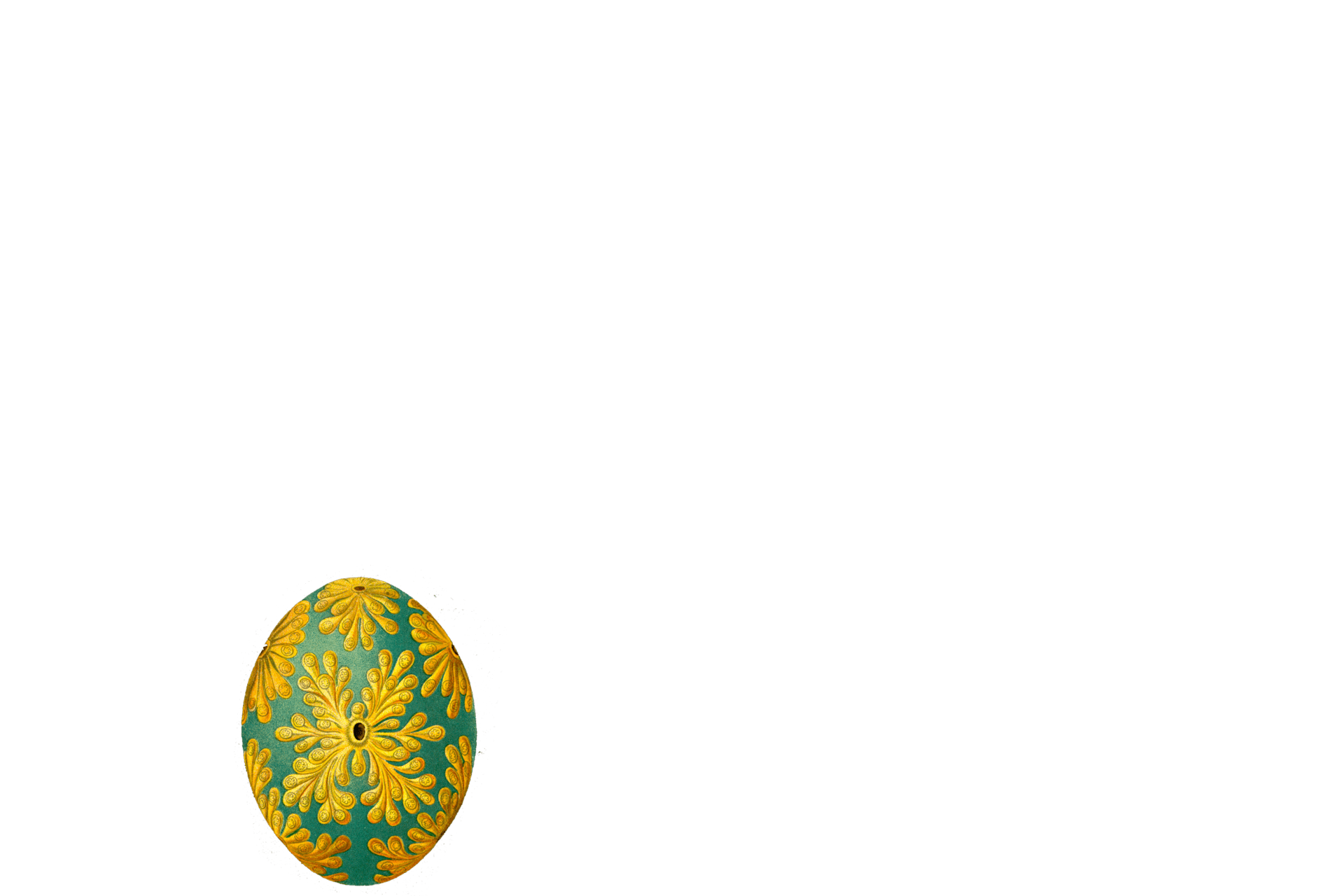
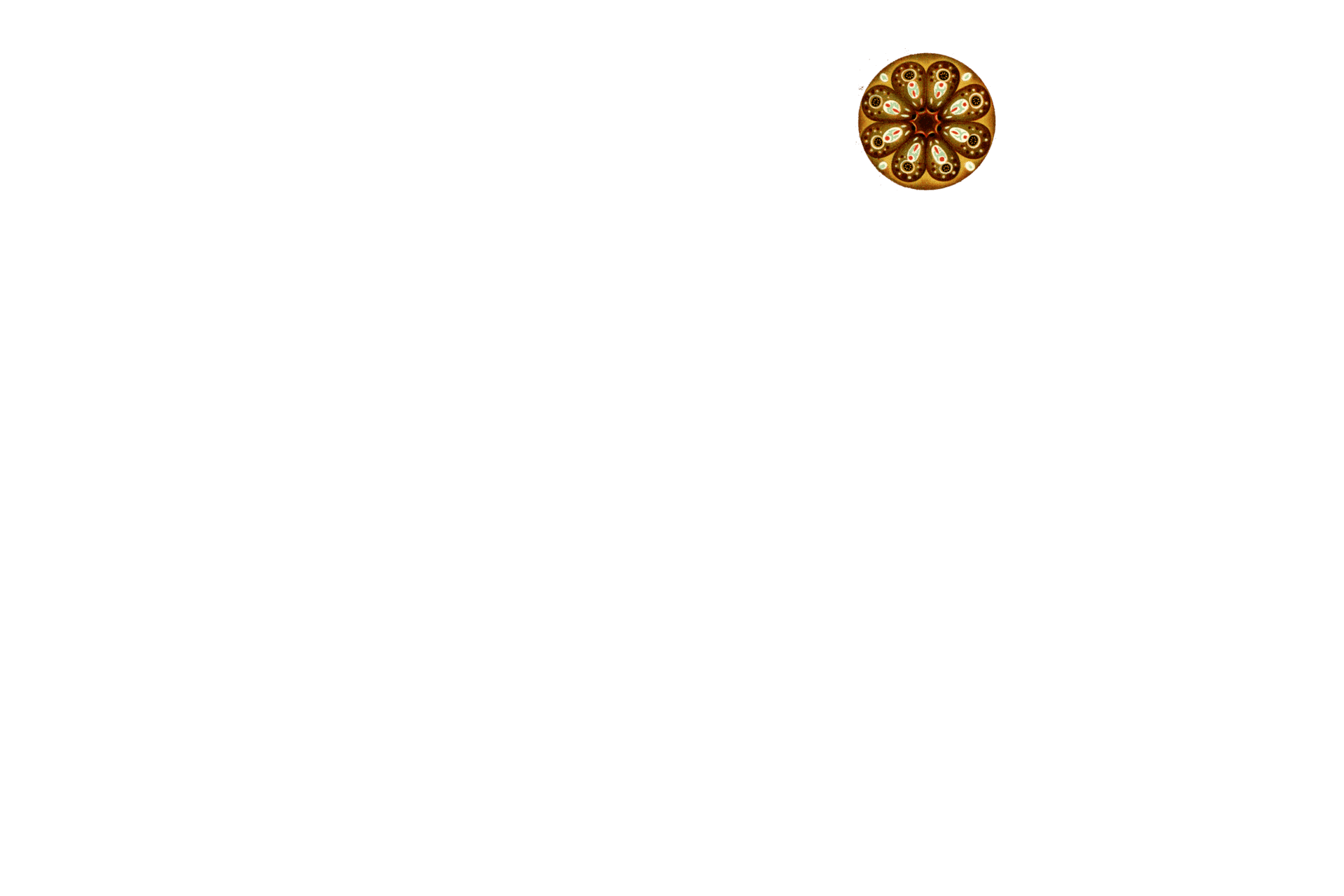
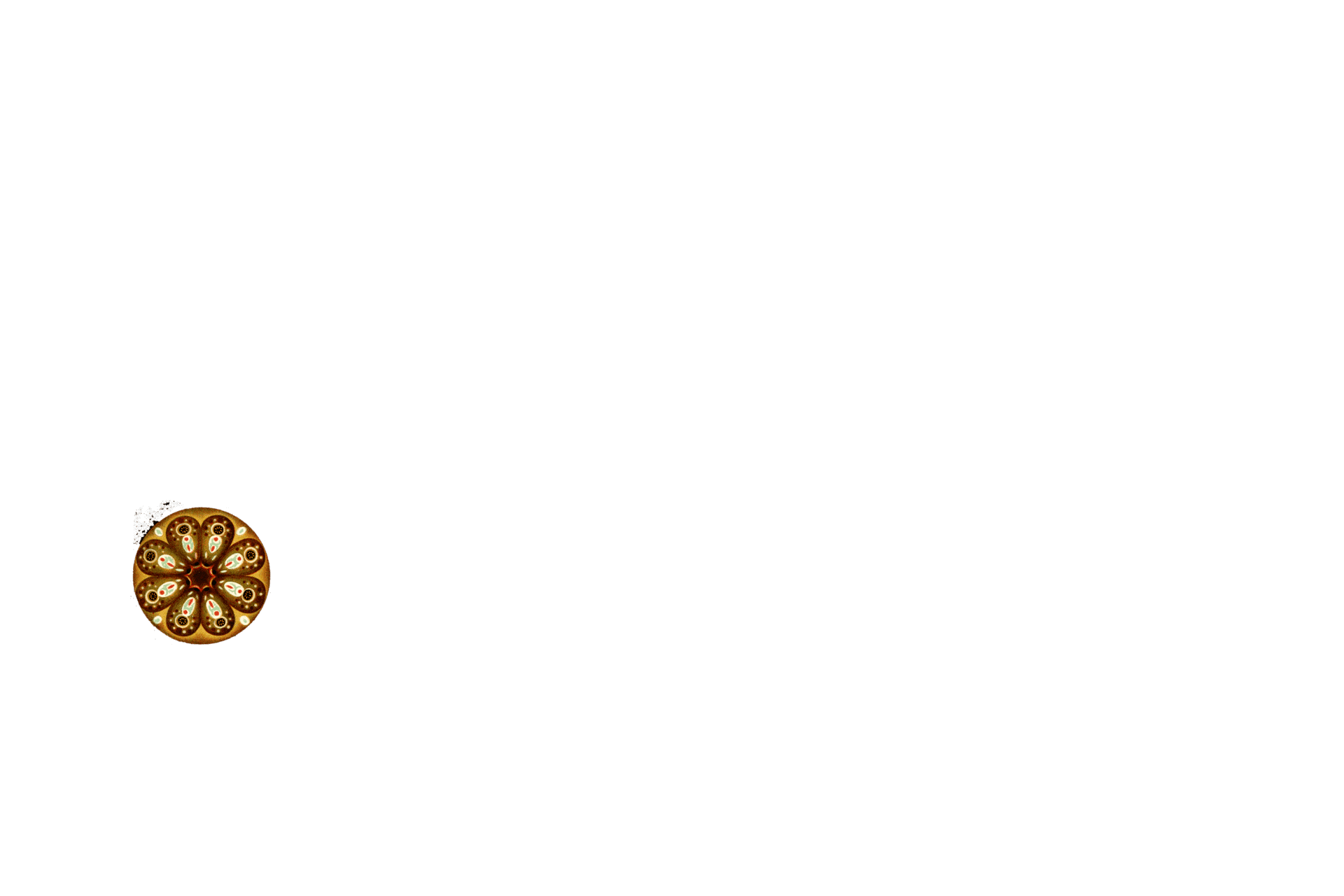
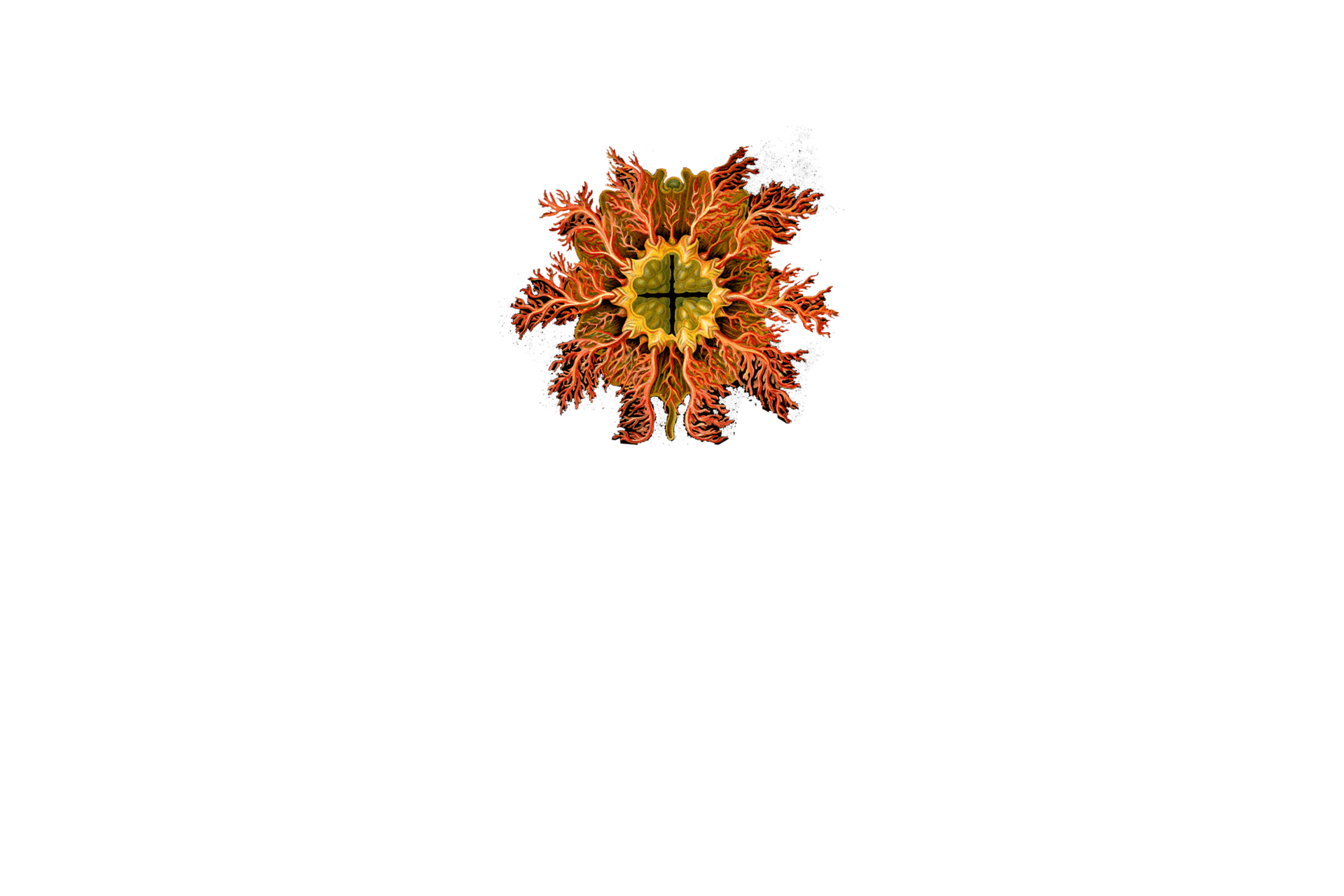
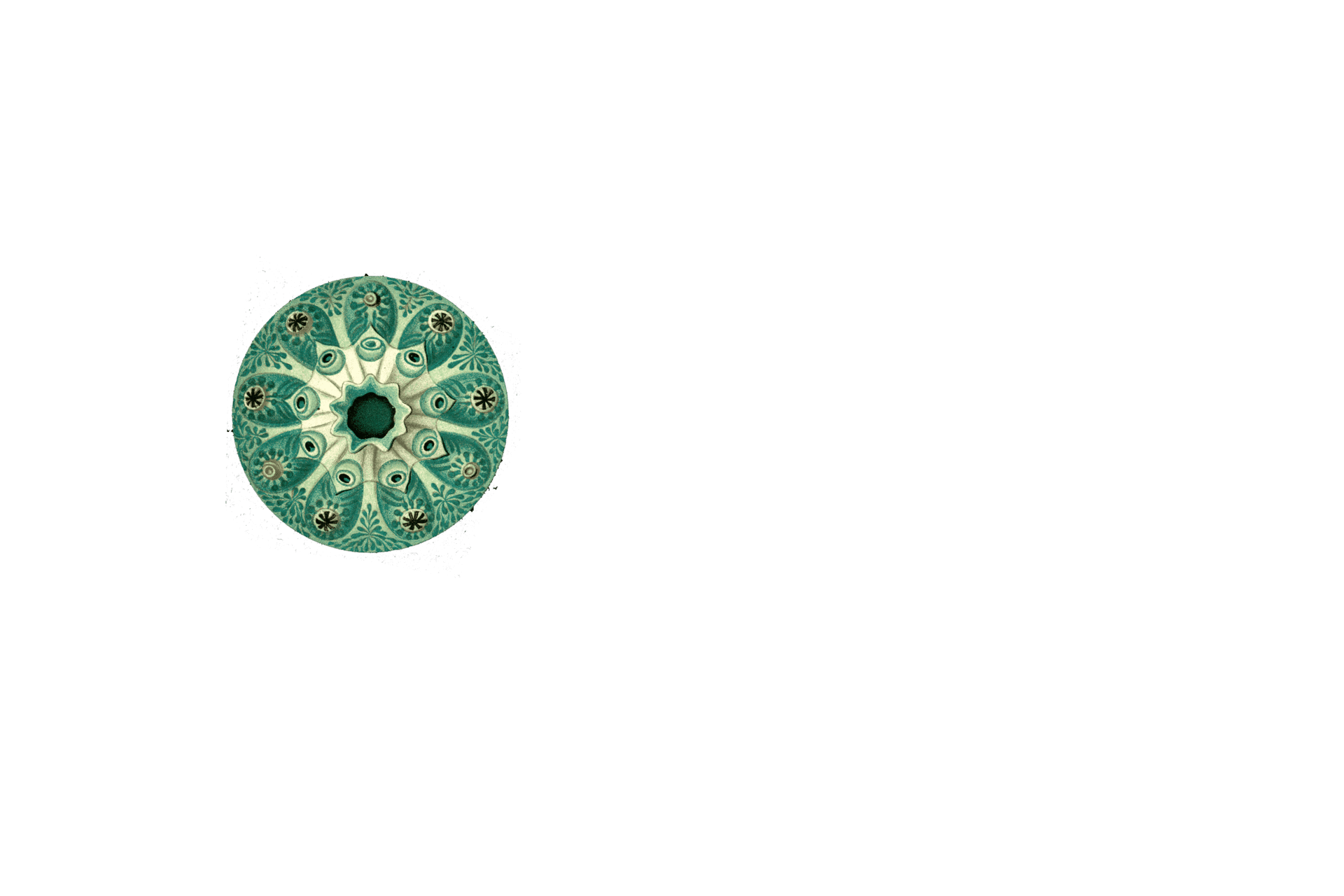
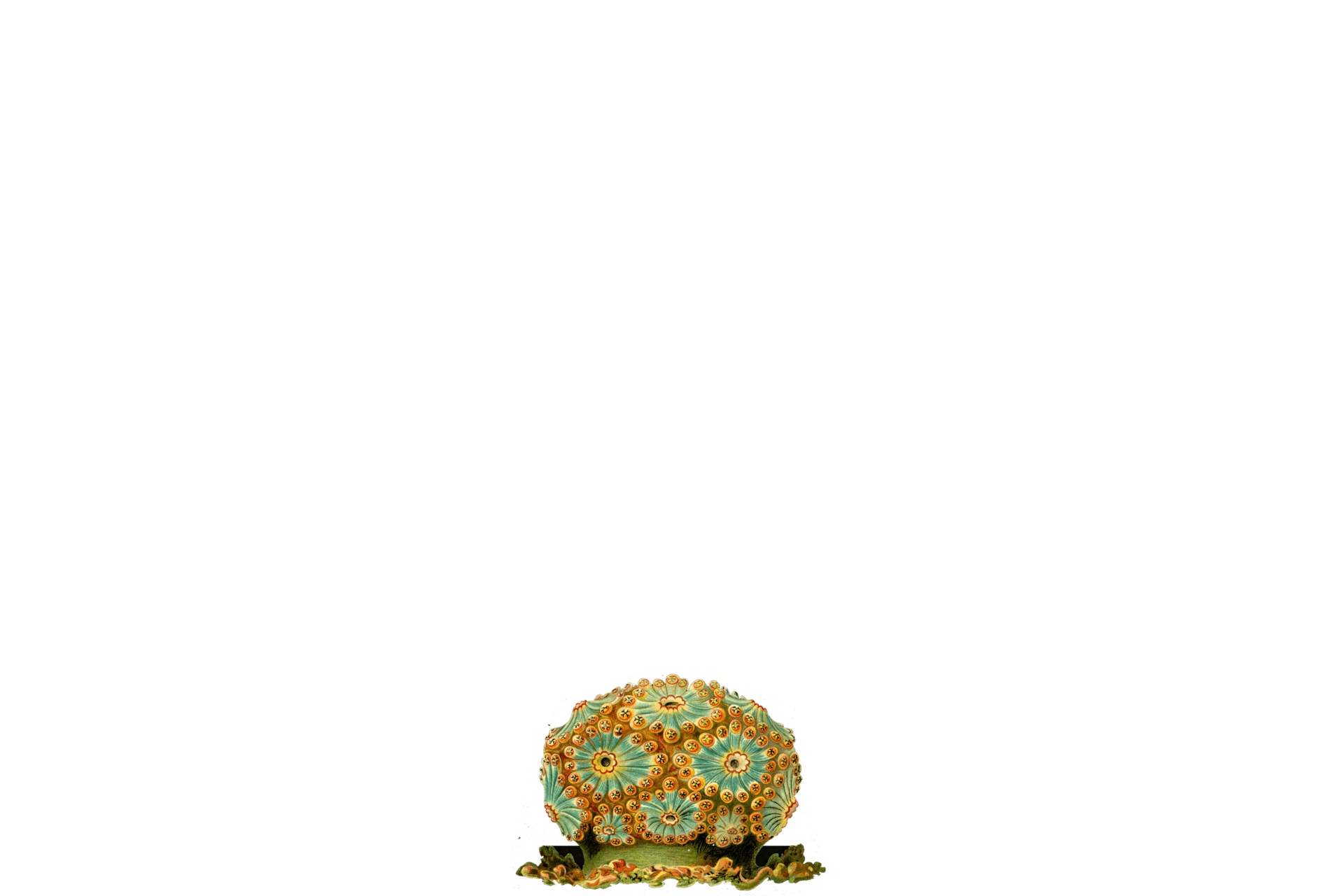
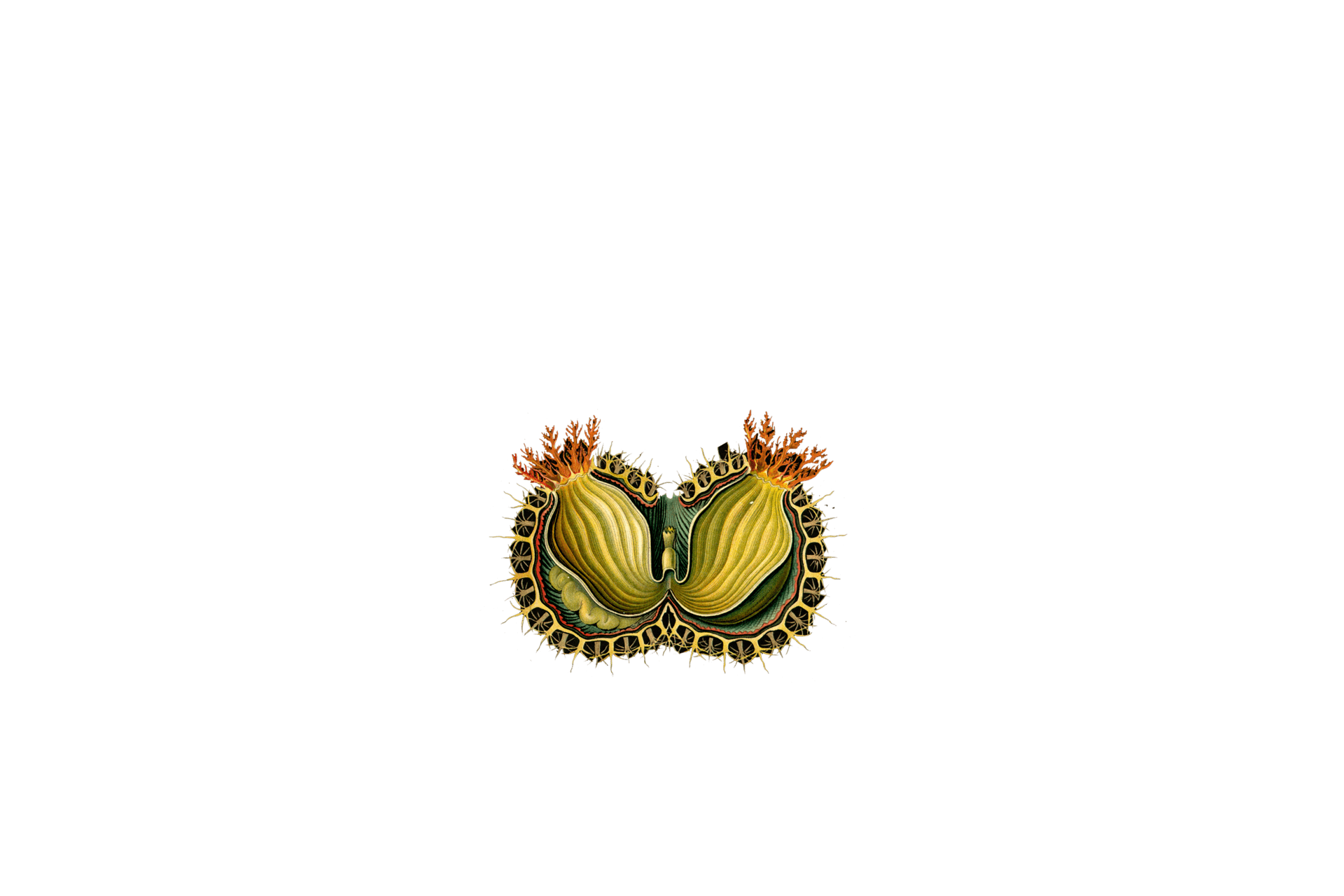
.jpg)

Diving deeper
As science progressed, and the knowledge about the organisms increased,
we dove deeper into life processes all the way down to the cellular level.
.jpg)
Diving deeper
As science progressed, and the knowledge about the organisms increased,
we dove deeper into life processes all the way down to the cellular level.
Scientists found incredible complexity in this previously invisible microscopic world.
At this level, small changes in the environment can cause huge differences in the biological processes and structures inside the organism's body.
Temperature, time, place, and many other such variables proved to be a hurdle.
To overcome it, scientists began moving their experiments into their labs, where they have full control of the environment.
.jpg)
Once a year, Petra goes to collect Meara from the muddy ocean bed in the wild fjords around Bergen.
It feels like a kinder surprise egg hunt. Because adult Meara lives inside the gut of a bigger animal - the sea cucumber.
The surprise element of the hunt is that when Petra cuts open the gut, a Meara is never guaranteed.
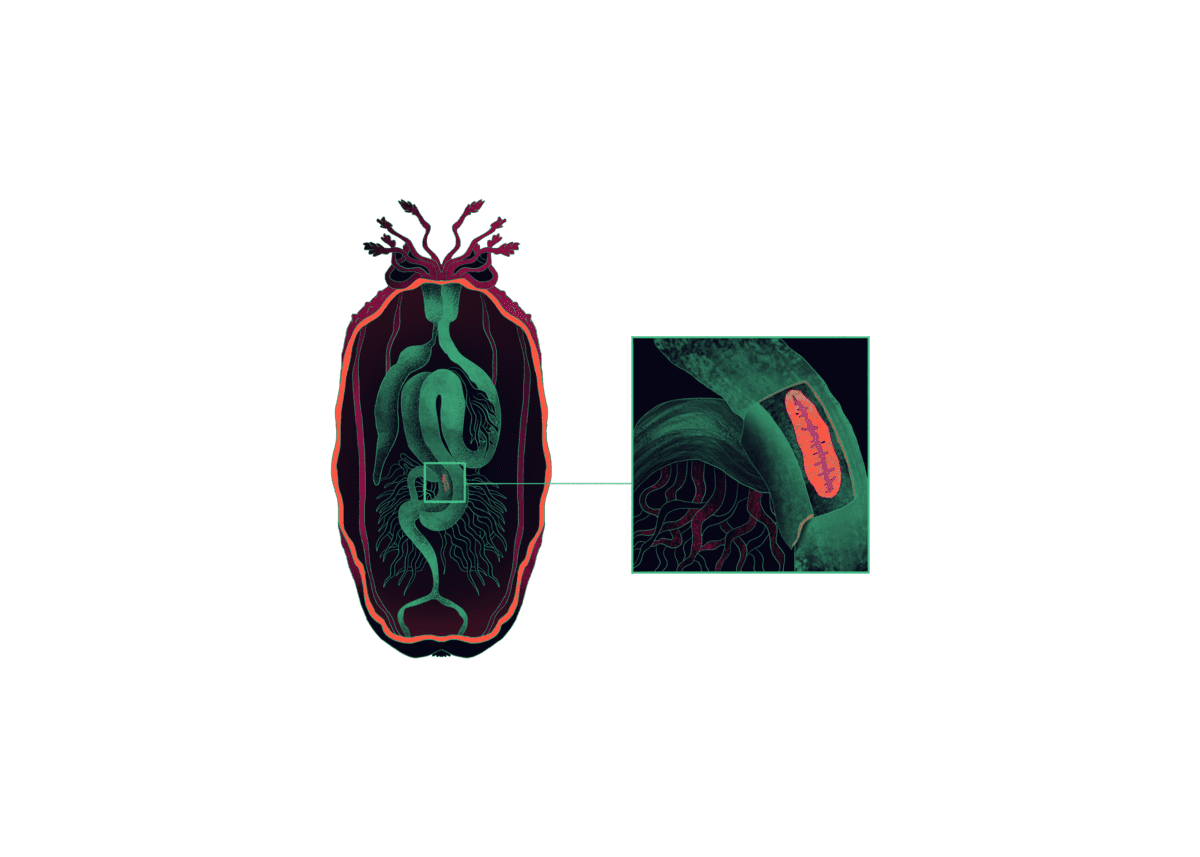
.jpg)
Connie has been an inhabitant of the lab since 2007 and was originally even discovered in an aquarium.
Connie must have been caught by chance
during a collection trip in the tropics.
Nobody therefore really knows where to find Connie in the wild!
While not much is known about Connie in the wild, Francesca knows exactly what Connie needs in the aquarium.
To keep Connie healthy and happy, she maintains the temperature, salinity, water quality, bubbling, light, and also has a strict feeding schedule.
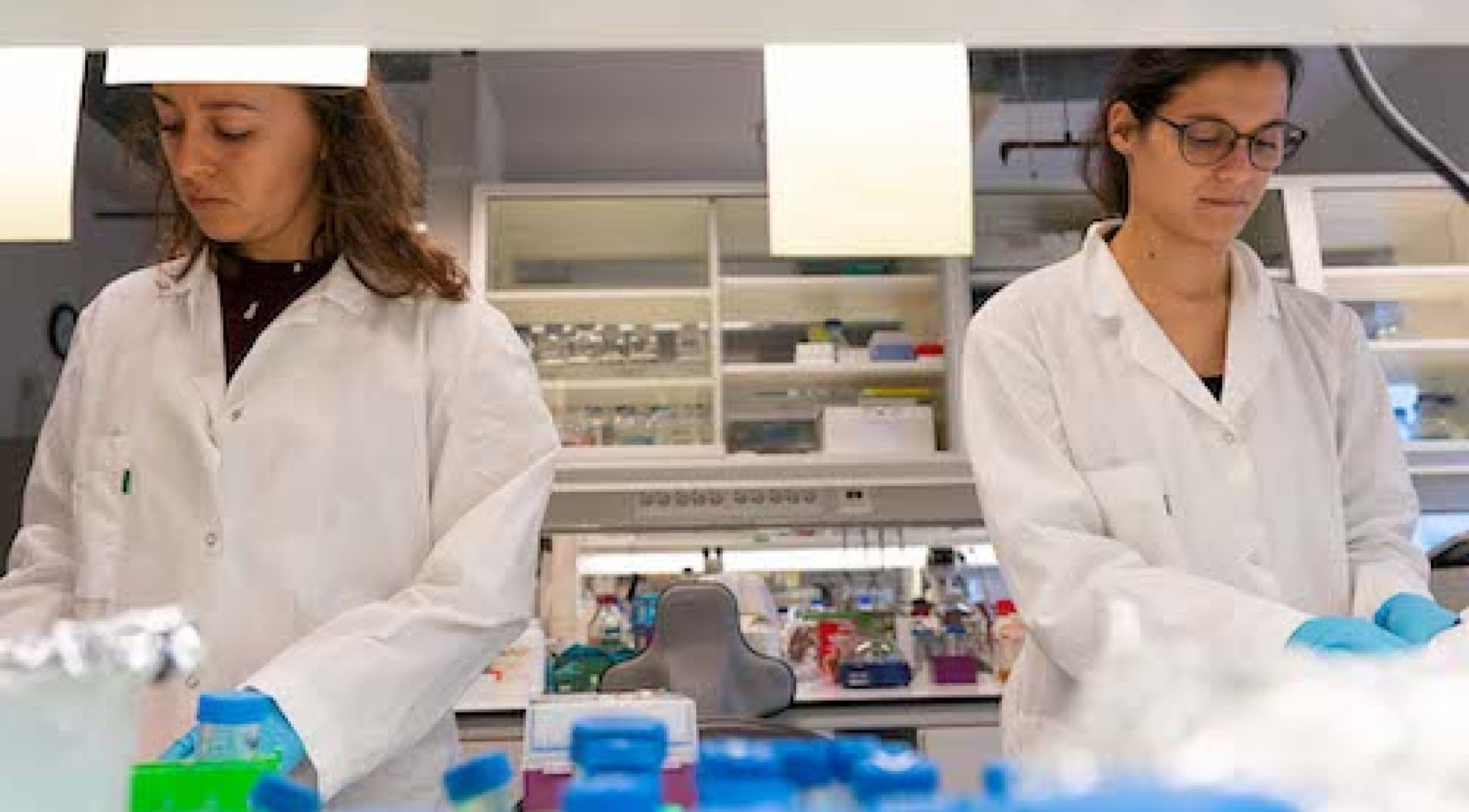

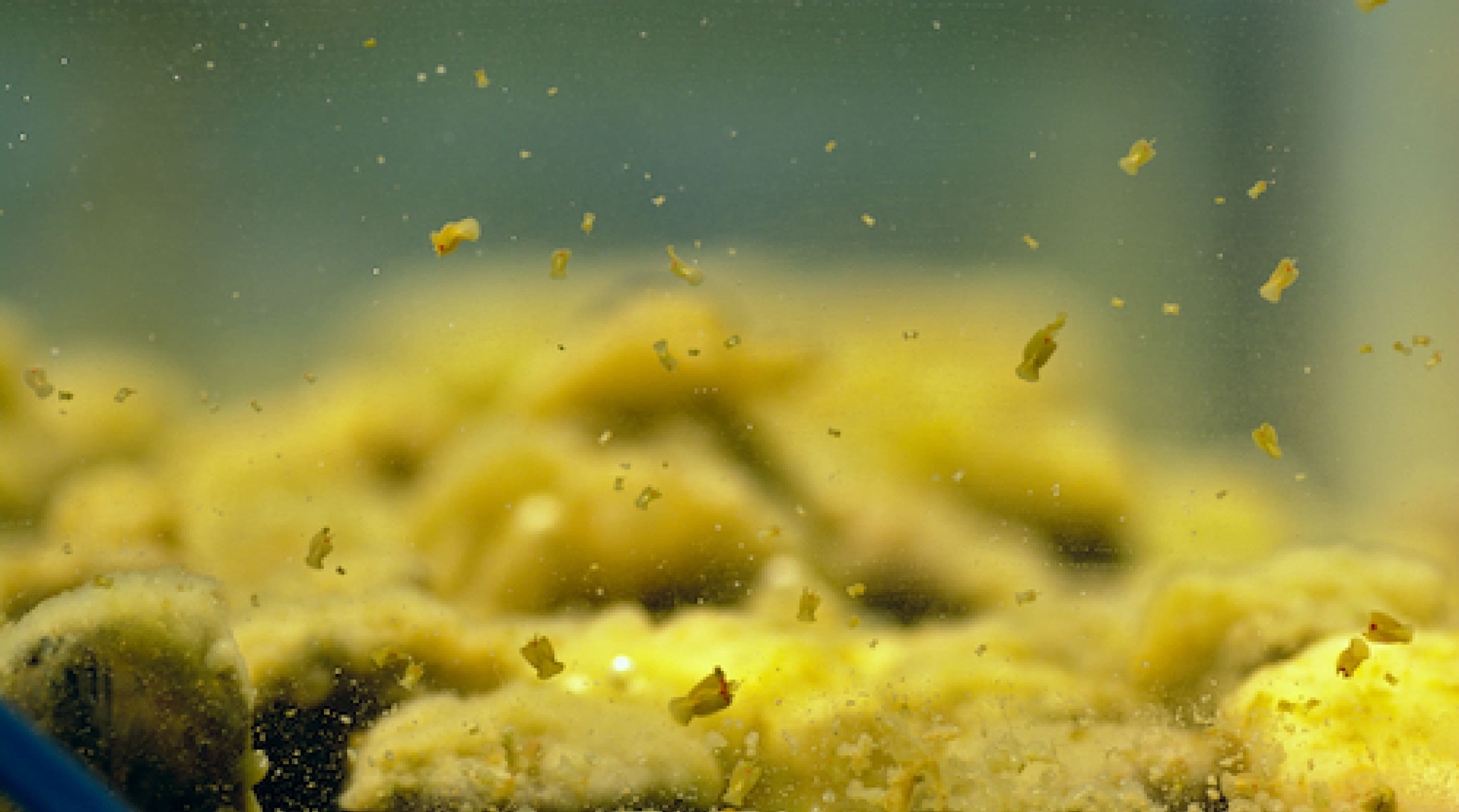




.png)
Many Connies are stuck to the walls of the aquarium. Which is awesome because we can look at them!
In the wild, however, they can only attach to rocks.
.png)
Many Connies are stuck to the walls of the aquarium. Which is awesome because we can look at them!
In the wild, however, they can only attach to rocks.
Were they always able to attach themselves
to glass walls as well, or is this something they have adapted to while living in the aquarium?










